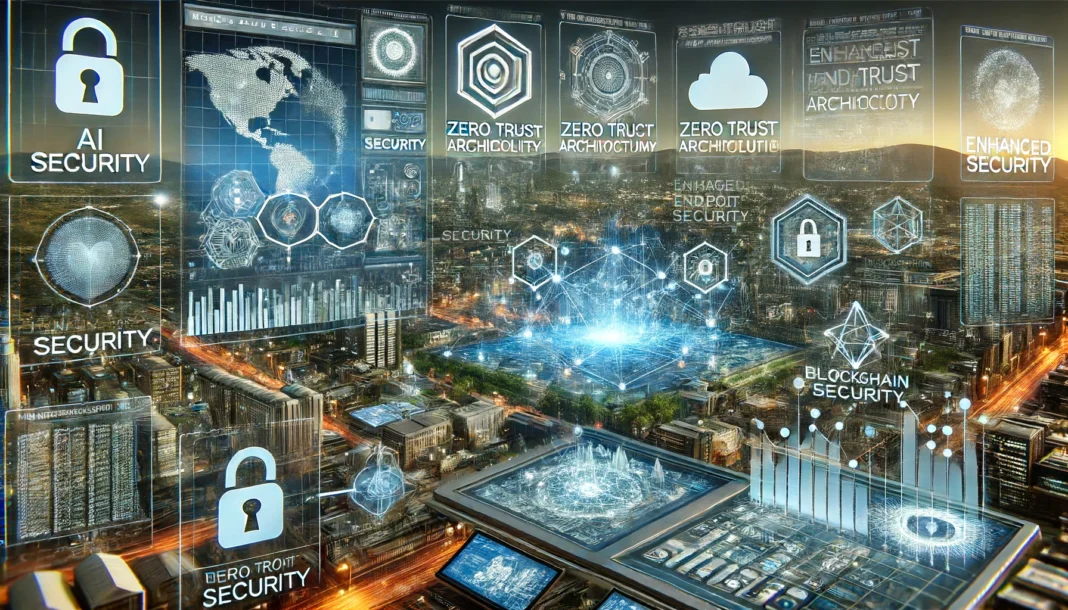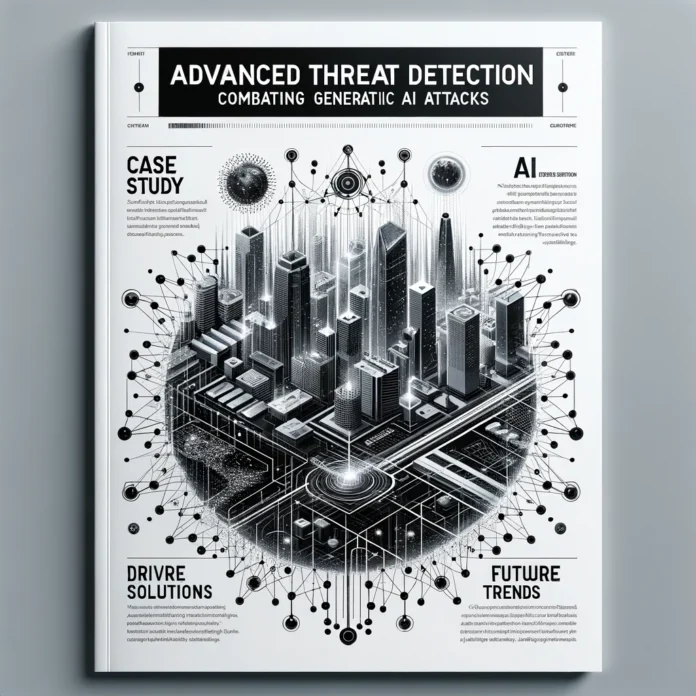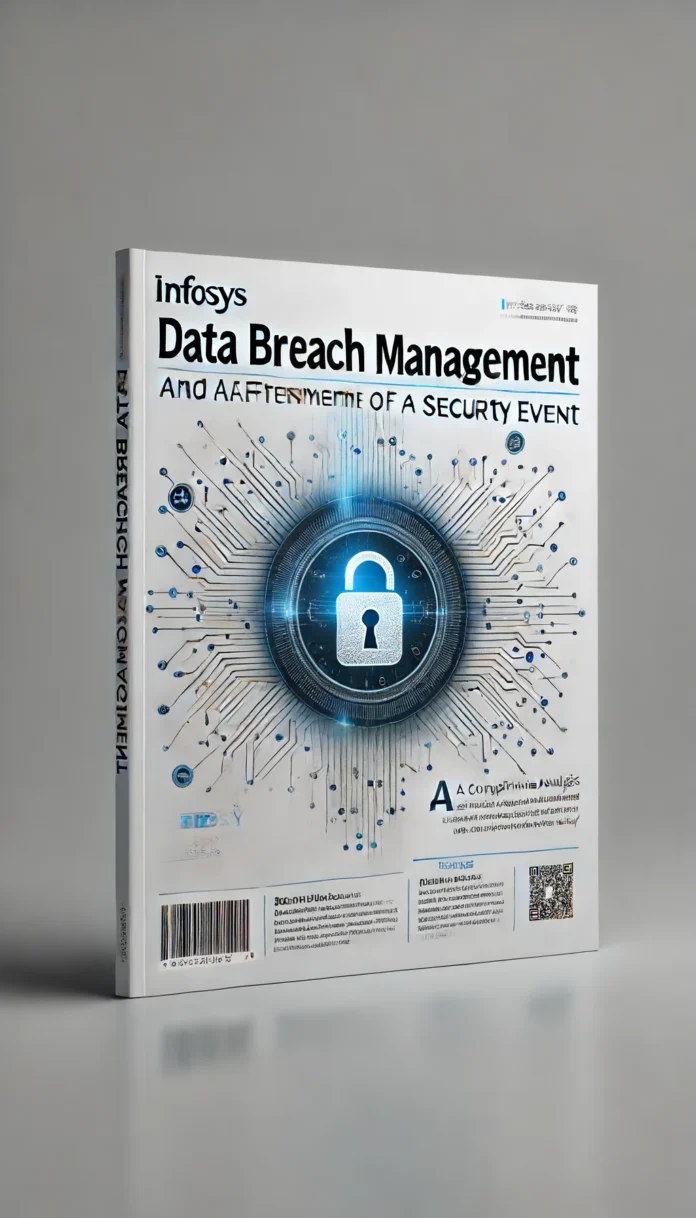In 2024, the landscape of IT risk management is evolving rapidly, driven by advancements in technology and an increasing need for robust security measures. This article explores the latest trends in IT risk management solutions, providing an in-depth analysis of what these trends entail, how they are implemented, and their impact on businesses. Each trend is supported by current statistical data to ensure factual accuracy.
1. Artificial Intelligence and Machine Learning Integration
Overview: Artificial Intelligence (AI) and Machine Learning (ML) are transforming IT risk management by enhancing predictive analytics, threat detection, and response capabilities.
Implementation:
- Predictive Analytics: AI and ML algorithms analyze historical data to predict potential risks and vulnerabilities. For instance, they can forecast hardware failures or identify unusual patterns indicative of a security breach.
- Threat Detection: AI-powered systems continuously monitor network traffic and user behavior to detect anomalies in real-time. This proactive approach helps in identifying and mitigating threats before they cause significant damage.
- Automated Response: ML models can automate response actions to identified threats, such as isolating affected systems or applying security patches without human intervention.
Example: IBM’s QRadar leverages AI to enhance its Security Information and Event Management (SIEM) capabilities, providing real-time threat intelligence and automated incident response.
Statistics: According to a Gartner report, by 2024, organizations utilizing AI in their security operations will experience a 30% reduction in the number of breaches compared to those not using AI.
2. Zero Trust Architecture (ZTA)
Overview: The Zero Trust model operates on the principle of “never trust, always verify,” ensuring strict identity verification and access control for all users and devices.
Implementation:
- Micro-Segmentation: Divides the network into smaller, isolated segments to limit the lateral movement of threats. Each segment requires separate authentication and authorization.
- Continuous Monitoring: Continuously monitors user activities and device health, ensuring compliance with security policies before granting access.
- Multi-Factor Authentication (MFA): Implements MFA to verify the identity of users through multiple verification methods, significantly reducing the risk of unauthorized access.
Example: Google’s BeyondCorp is a prominent implementation of Zero Trust, allowing employees to securely access corporate applications from any location without a traditional VPN.
Statistics: A study by Forrester indicates that 83% of organizations adopting Zero Trust have observed improved security posture and reduced complexity in their security infrastructure.
3. Cloud-Native Security Solutions
Overview: With the increasing adoption of cloud services, cloud-native security solutions are designed to protect data and applications hosted in cloud environments.
Implementation:
- Cloud Security Posture Management (CSPM): Continuously monitors cloud infrastructure for misconfigurations and compliance issues, providing automated remediation.
- Cloud Access Security Brokers (CASBs): Act as intermediaries between cloud service users and providers, ensuring secure data transfer and enforcing security policies.
- Serverless Security: Focuses on securing serverless architectures by monitoring function execution, detecting vulnerabilities, and ensuring secure code deployment.
Example: Palo Alto Networks’ Prisma Cloud offers a comprehensive suite of cloud-native security tools, including CSPM, CASB, and serverless security, to protect multi-cloud environments.
Statistics: According to a report by MarketsandMarkets, the cloud security market is expected to grow from $8.7 billion in 2020 to $37.5 billion by 2026, reflecting the increasing importance of cloud-native security solutions.
4. Blockchain for Enhanced Security
Overview: Blockchain technology is being leveraged to enhance security in IT risk management by providing a decentralized and tamper-proof method of recording transactions and data.
Implementation:
- Immutable Records: Blockchain ensures that once data is recorded, it cannot be altered or deleted, providing an immutable audit trail.
- Decentralized Identity Management: Uses blockchain for secure and decentralized identity verification, reducing the risk of identity theft and fraud.
- Smart Contracts: Automatically enforce and verify contractual obligations without the need for intermediaries, ensuring secure and transparent transactions.
Example: IBM Blockchain Platform provides tools for developing and managing blockchain networks, helping businesses enhance security and transparency in their operations.
Statistics: A report by Deloitte states that 55% of executives believe blockchain will be critical to their organization’s success in the next five years, highlighting its growing significance in security.
5. Enhanced Endpoint Security
Overview: With the proliferation of remote work and mobile devices, endpoint security has become crucial for protecting organizational data.
Implementation:
- Endpoint Detection and Response (EDR): Provides real-time monitoring and response capabilities to detect and mitigate threats on endpoints such as laptops, smartphones, and tablets.
- Unified Endpoint Management (UEM): Integrates management and security of all endpoints, ensuring consistent security policies and streamlined device management.
- Zero Trust Network Access (ZTNA): Applies Zero Trust principles to endpoints, ensuring secure access to applications and data based on continuous risk assessment.
Example: CrowdStrike Falcon offers a comprehensive EDR solution that leverages AI for threat detection and response, providing robust protection for endpoints.
Statistics: A survey by IDC found that 70% of organizations are increasing their investment in endpoint security solutions, underscoring the critical need for enhanced endpoint protection.
Conclusion
The trends in IT risk management solutions for 2024 emphasize the importance of adopting advanced technologies such as AI, Zero Trust, cloud-native security, blockchain, and enhanced endpoint security. These solutions offer robust protection against emerging threats, ensuring the security and resilience of organizational IT infrastructure. As businesses continue to navigate the complex landscape of cybersecurity, staying informed and adopting these innovative solutions will be crucial for maintaining a strong security posture.





